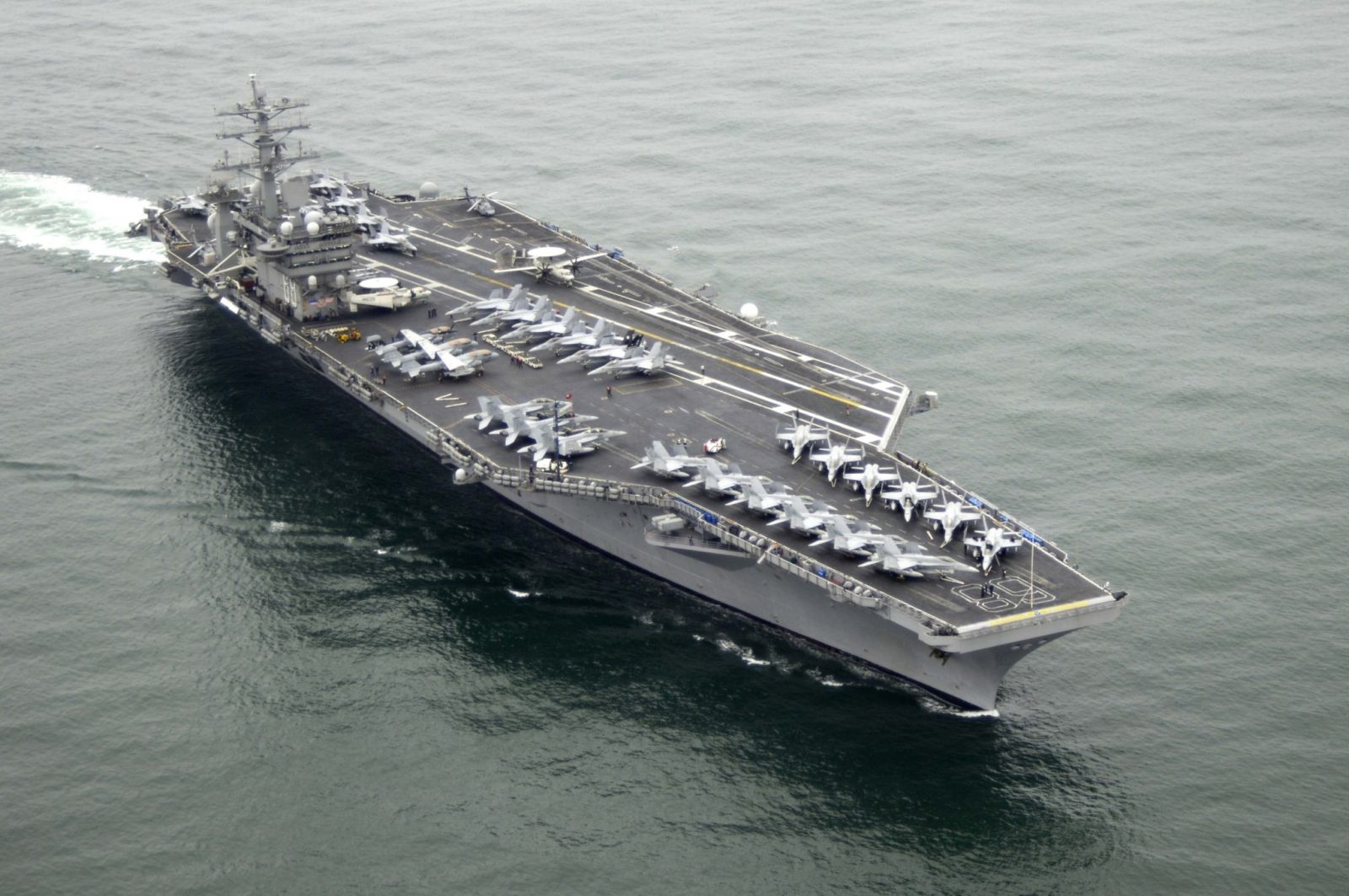An aircraft carrier is a large, long, seafaring airbase that serves as a warship. It is equipped with an extended flight deck that can carry, arm deploy and recover fighter aircraft. It is known as the capital ship in a navy fleet and allows for the projection of air force power without the need for a land base. Aircraft carriers are typically nuclear powered and can carry numerous fighter jets, strike aircraft, helicopters and other kinds of aircraft. Nuclear-powered aircraft carriers can carry up to 90 aircraft and are known as supercarriers. Aircraft carriers are classified by the type of aircraft they carry and their intended operation assignment.
The basic types of aircraft carrier are amphibious assault, an escort carrier, flight deck cruiser, anti-submarine carrier, fleet carrier, a helicopter carrier, seaplane carrier, sea control ship, light aircraft carrier and super carrier. They can be classified by role, configuration, and size. Here are some facts you may not have known about aircraft carriers.
Flying on and off a ship can be dangerous
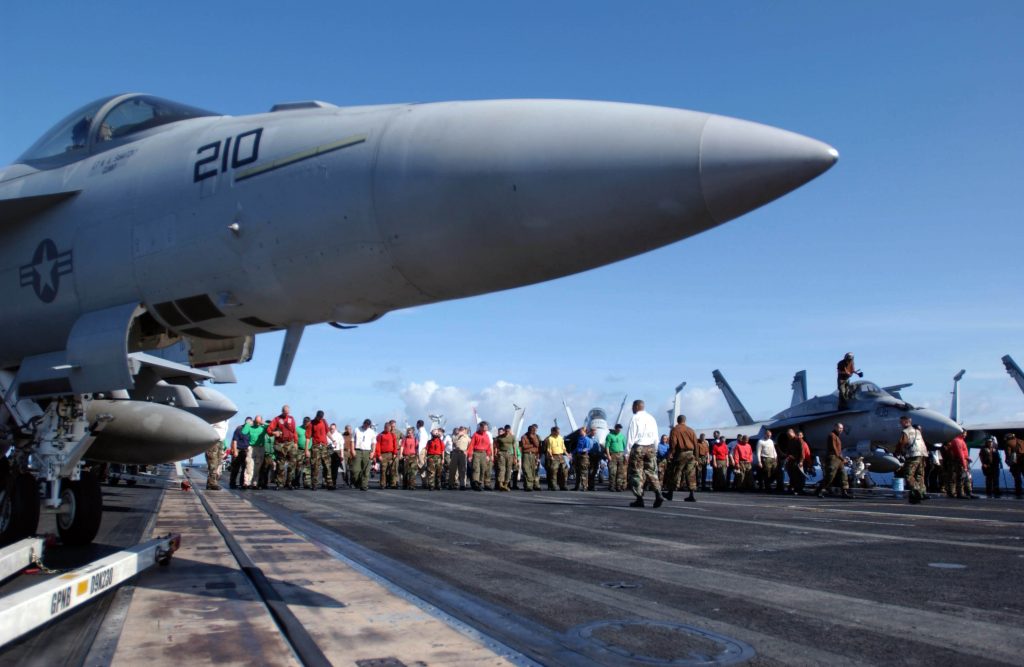
First of all the aircraft carrier doesn’t stand still. It has to maintain a speed of around 30 knots so that winds can assist the aircraft on takeoff. A landing pilot has to take into account that the aircraft carrier is moving at speed when he is trying to land. Landing on an aircraft carrier would be like trying to land on a five-floor building during a massive earthquake. If the pilot comes up short, he risks crashing into the back of the carrier, and if he overshoots, he may miss the target wires that help slow down the aircraft by hooking onto it on landing. Nowadays with GPS, it is much easier for pilots to land using a combination of radio communication, inertial navigation and paper maps.
It is impossible to take off conventionally from and aircraft carrier
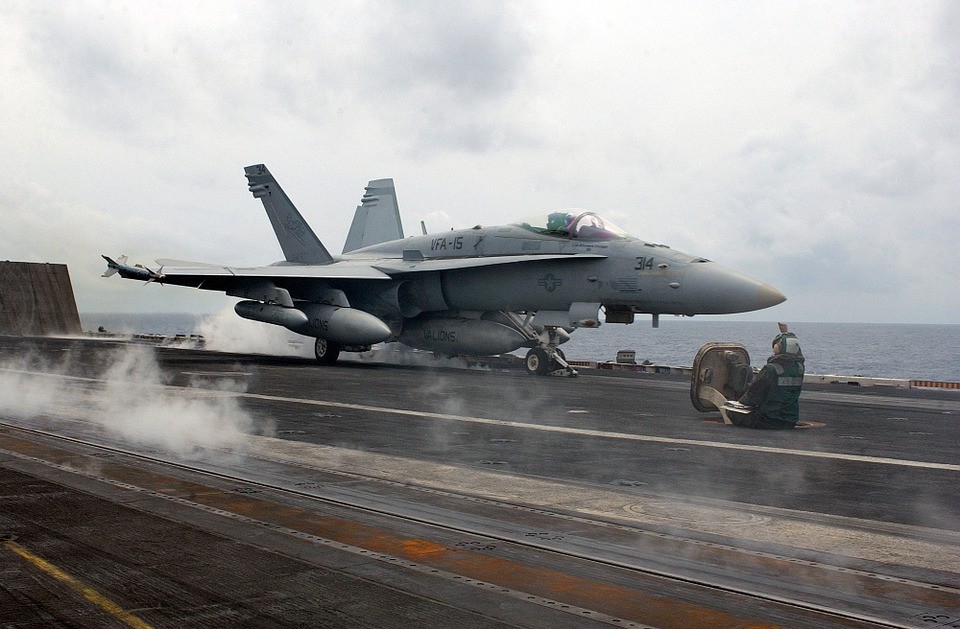
The length of the take-off runway on an aircraft carrier is too short for the plane to gain enough speed for a takeoff. Four catapults placed on the runway are used to boost the speed of the aircraft. Some pilots describe taking off from an aircraft carrier as “being punched in the face”. Probably because a combination of the aircraft’s engines and the catapult can accelerate the plane from 0 – 300 km/h in under 2 seconds.
An average aircraft carrier houses about 5000 personnel
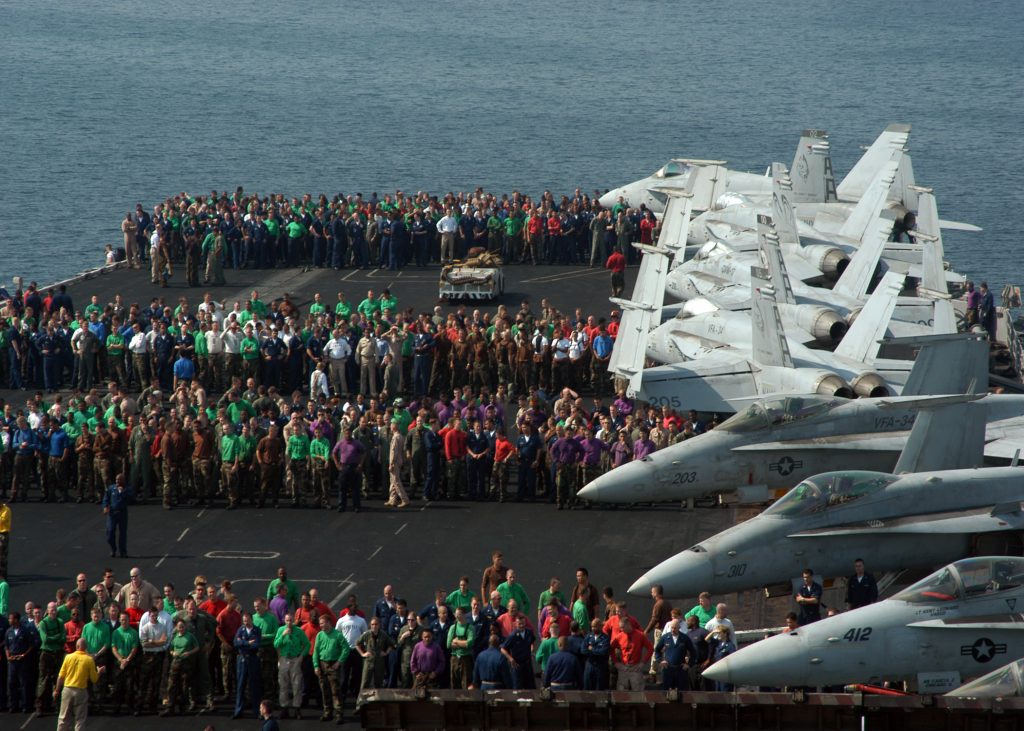
For this, the craft will have to have about seven decks stacked under each other to house all the aircraft, and crew of technicians, sailors, and pilots. There are super sized lifts to move the aircraft onto the main deck. Below the decks you can find crew quarters, messes, workshops, and hangars. The crew quarters can be extremely cramped but it is necessary to keep the aircraft carrier afloat.
Aircraft carriers are massive
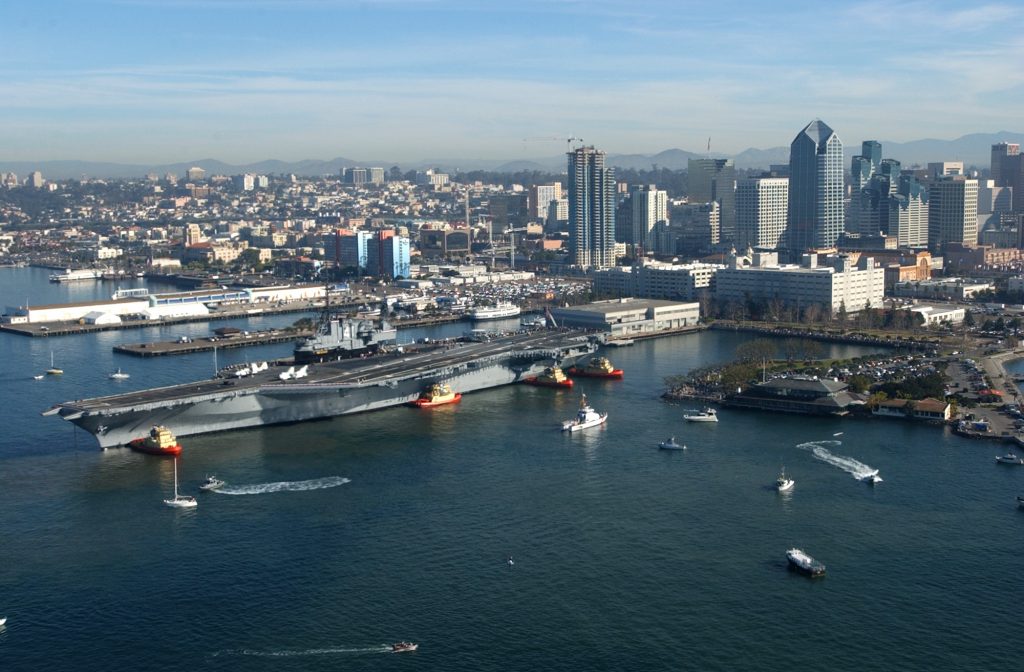
They can cover an area of 4.5 acres and stretch up to 1000 feet long. The flight decks of some can even dwarf buildings. It is often accompanied by a fleet of battle carriers that can offer added protection supplies and strategic tactical options. Despite this massive size, they can accelerate to 35 knots. This is possible by the engines which are powered by nuclear fission reactors. Each of the ships propellers can measure 20 feet and weigh up to 30 tonnes. The ships are usually designed to last for 50 years.
Unimaginable numbers

An aircraft carrier can displace around 65,000 tonnes with a range of about 10,000 nautical miles. The propellers can output 80 MW of power (this is enough to power 1000 family cars). It can measure about 56 meters from keel to masthead. 90,000 tonnes of steel can be used to build one aircraft carrier and the lifts on board are so powerful, they can move aircraft from the hangar to the main deck in under 60 seconds.

